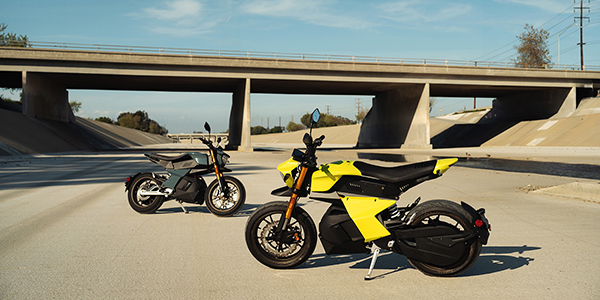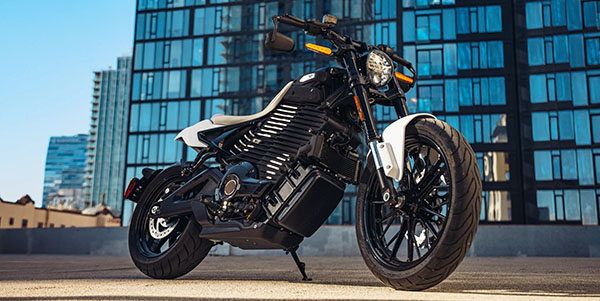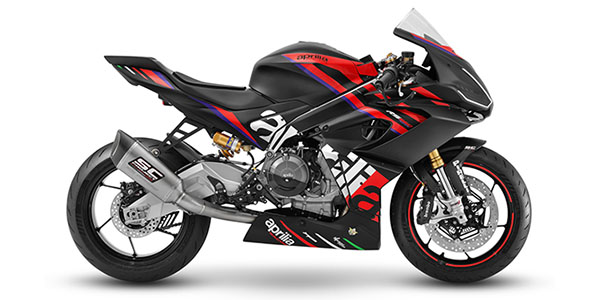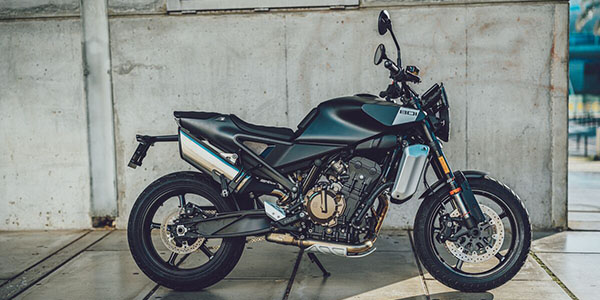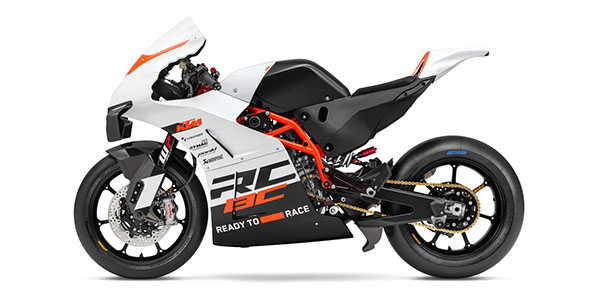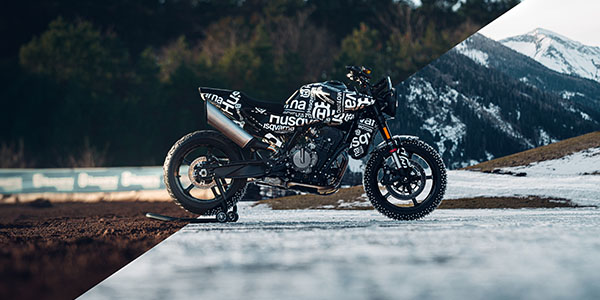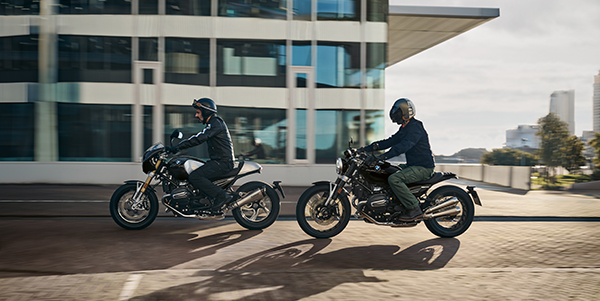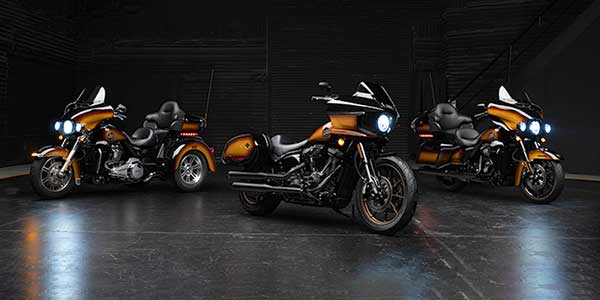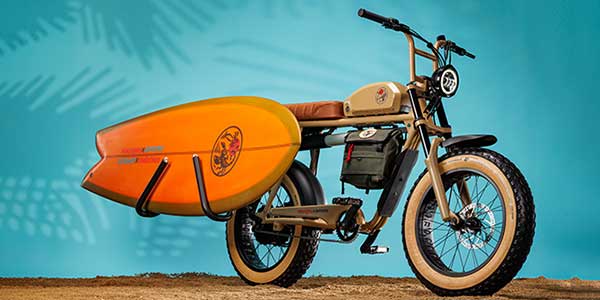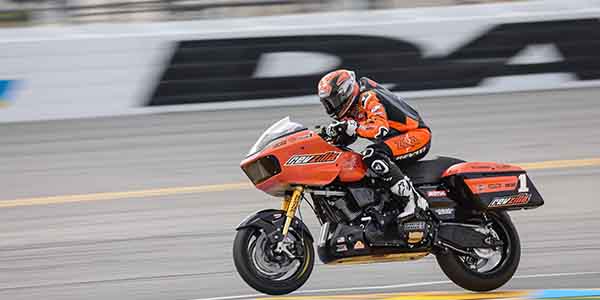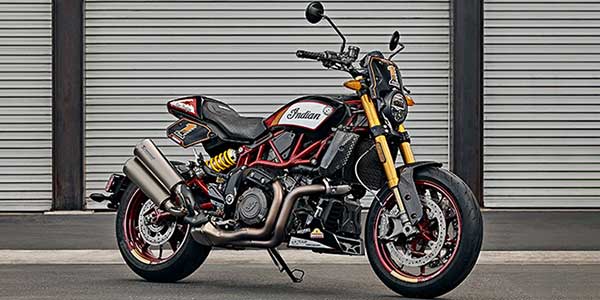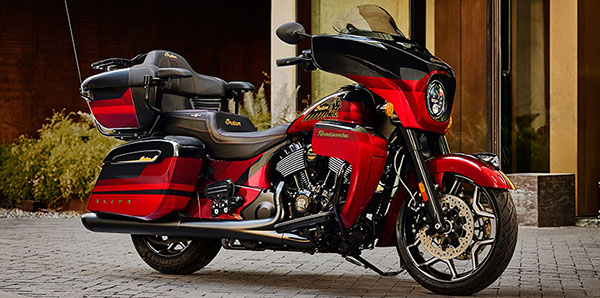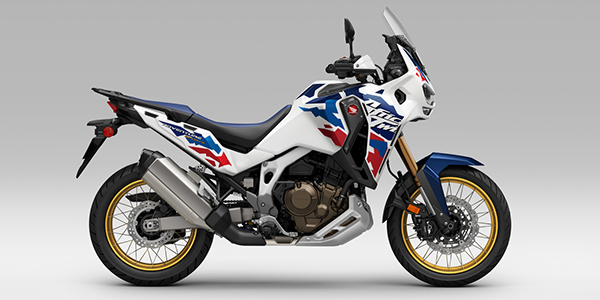Torque vs. Horsepower
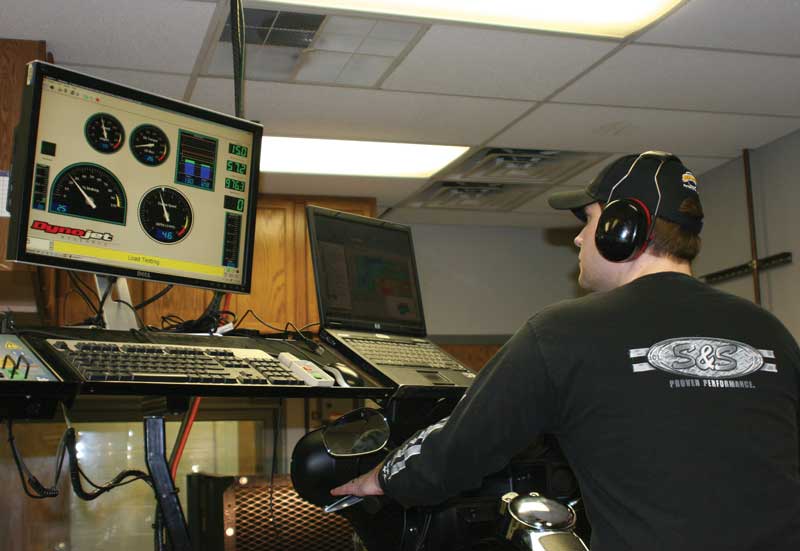
[dropcap]T[/dropcap]he more your customers know, the better choices they’ll make when it comes to performance upgrades. Knowing that a lot of consumers just don’t have the facts, it’s not surprising that many riders end up buying products for the wrong reasons, and end up with the wrong stuff as a result.
[pullquote]Two wrongs don’t make a right, but three lefts do
– Eric Parslow[/pullquote]
What the overwhelming majority of Harley-Davidson owners want from their engines is low and midrange torque. We’re not talking about racers, we’re talking about the “average” guy or gal who often needs to get up to speed to merge with traffic on the freeway, or just wants to give it the gas and feel the rush. What the average Joe (or Josette) needs is torque. Unfortunately, an awful lot of advertising pushes high rpm horsepower. A big number is impressive, but is it the right number?
Now, we all know it’s easy to fall into an “I’m bad-ass and the devil take the hindmost!” state of mind when we’re talking Harley-Davidson motorcycles. And a “cooler than thou” attitude is easy to cop when we compare ourselves with all those stiffs riding stock bikes. Makes you feel like part of an exclusive group. What’s really hard to do is to think of yourself as “average”. So don’t. Think of yourself as a member of the informed minority! It’s even more exclusive.
OK, so what the “informed minority” really wants is torque, but what is it? Torque is defined as a twisting force, and your torque value tells you how hard your engine can turn your rear wheel. Torque is what determines how quickly you can accelerate. Horsepower, on the other hand, determines your top speed. How fast you can move a given mass (you and your bike) from Point A (wherever you are) to Point B (where you want to be)? Torque and horsepower are related mathematically, but don’t worry, we aren’t going to boggle you with a bunch of math. Well, just
a little.
The typical chassis dyno measures how quickly the test bike can accelerate a heavy steel drum – so it’s actually measuring torque (acceleration). Horsepower is then calculated by plugging the values of torque at various rpm into this formula: (Torque x RPM) ÷ 5,250 = Horsepower.
[pullquote]If your customers buy the wrong stuff for their motorcycles, they’ll probably be disappointed. Maybe they’ll be mad at whoever sold it to them. Helping your customers choose the right stuff the first time around will make you look like a hero.[/pullquote]
As a result, the torque curve and horsepower curves on a dyno chart ALWAYS cross at 5,250 rpm. At that rpm, torque and horsepower values MUST be the same. If they aren’t, something’s wrong. Maybe the two curves weren’t plotted using the same scale? It’s a mistake. It’s wrong.
Having a hot cam in your bike may give you some bragging rights and an edge in the coolness race, but inappropriate cams are a major source of dissatisfaction. A huge cam in a stock engine will make it run like a pooch, except at high rpm – higher than the “average” guy will ever spin it. A stocker will walk you in a roll on. You’re not going to like it. That same big cam in a large displacement, high compression engine may be an excellent choice, especially if you’re a racer.
It’s hard to think of something that has hot air blowing out of it as sucking, but some exhaust systems do suck for the “average guy”. The classic example would be drag pipes on a street bike. Drag pipes generally make really good horsepower at high rpm, which makes them ideal for drag racing, where horsepower is king. However, they make poor torque at 2,500 to 3,500 rpm, which is the rpm range that is most useful for street riders. Do they really suck? No, they’re just inappropriate for the application.
If your customers buy the wrong stuff for their motorcycles, they’ll probably be disappointed. Maybe they’ll be mad at whoever sold it to them. Helping your customers choose the right stuff the first time will make you look like a hero. It’s a lot more satisfying to buy the right stuff and be happy with it than it is to buy the wrong stuff, only to end up buying something else to replace it. Have you ever wondered why swap meets are always so well stocked? t
Bruce Tessmer has worked in both technical and marketing positions during his 27 years with S&S Cycle Inc. His technical background and the love of teaching are the driving force behind the tech articles and S&S instructional videos he produces.


